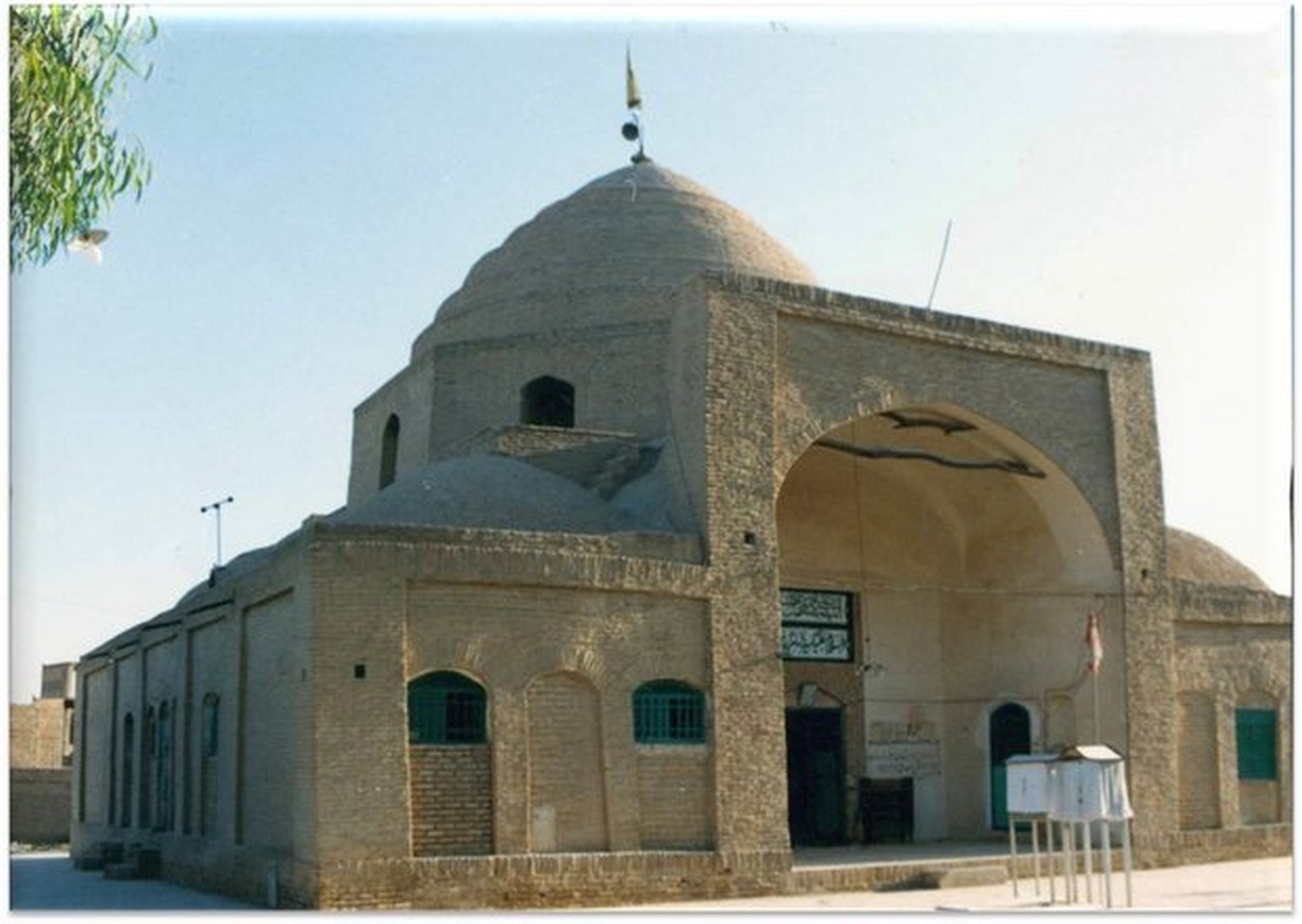Description
Property Name: Imamzadeh Yahya
Inventory No: 98-21-1
Date of infill of the inventory form: 2009-06-09
Country (State party): Iran
Province: Tehran
Town: Varamin
Geographic coordinates: 35° 18′ 58.23″ N
51° 38′ 53.97″ E
Historic Period: Ilkhanid
Year of Construction: 1308
Style: Ilkhanid
Original Use: Mausoleum
Current Use: Mausoleum
Architect: Unknown
Significance
The structure is but one of several monuments of the Mongol period still standing at Varamin. A turquoise colored tile with the date of 1231. has been discovered near this mausoleum which is considered to be one of the most ancient historical relics of Tehran.
Selection Criteria
v. to be an outstanding example of a traditional human settlement, land-use, or sea-use which is representative of a culture (or cultures), or human interaction with the environment especially when it has become vulnerable under the impact of irreversible change
vi. to be directly or tangibly associated with events or living traditions, with ideas, or with beliefs, with artistic and literary works of outstanding universal significance
State of Preservation
In the year 1902, this structure was renovated and repaired according to the original old plan with the same dimensions. Originally part of a larger shrine complex including an octagonal tomb tower and entrance portal, the remaining naked tomb shrine is victim of over one hundred years of looting. Jane Dieulafoy documented her visit there in 1881; the luster tiles and faience mihrab that she described no longer decorate the walls but may be those identified in several private collections. The external mass of the shrine is a square, surrounded by lower, vaulted rooms that were added at a later date. The stepped dome is reached by an octagonal mass. This form protrudes from the interior, which is octagonal with deep, angled niches built into four of the sides. Above the bare dado that once held luster tilework, there remains a plaster inscription frieze and areas of carved plaster decoration. The squinches are filled with carved plaster muqarnas. Numerous fragments of luster tiles of the 1260s and 1300s that once decorated the Imamzadeh Yahya are now in collections elsewhere in other countries.It has been registered among the national monuments of Iran since August 1, 2008
References
Bloom, Jonathan M.- Blair, Sheila S., The Grove Encyclopedia of Islamic Art and Architecture Volume 2, New York, 2009.
Dieulafoy, Jane, La Perse, la Chaldée et la Susiane, Hachette, Paris, 1887.
Hutt, Antony, Islamic architecture Iran 1, London: Scorpion Publications Limited, 1977.
Wilber, Donald N. , The Architecture of Islamic Iran, Greenwood Press, New York, 1969.


